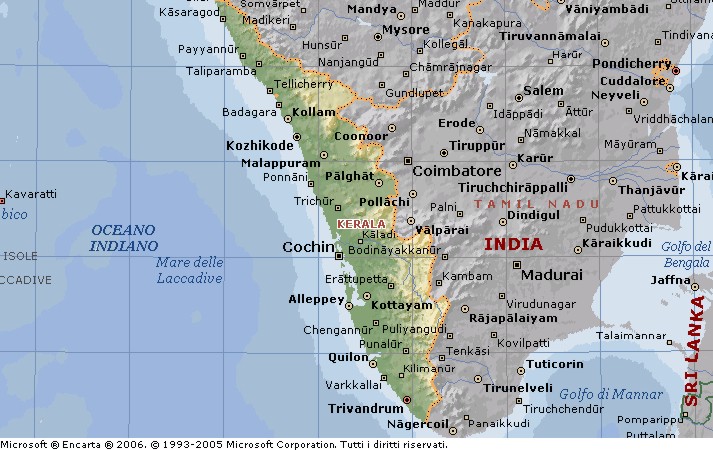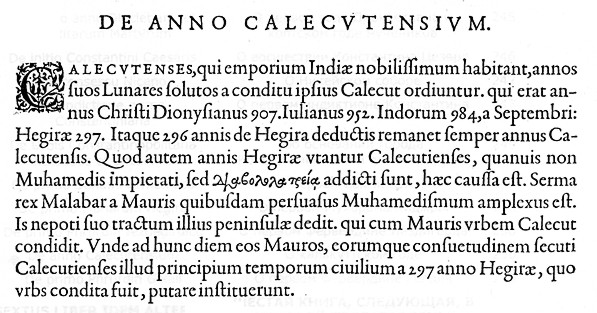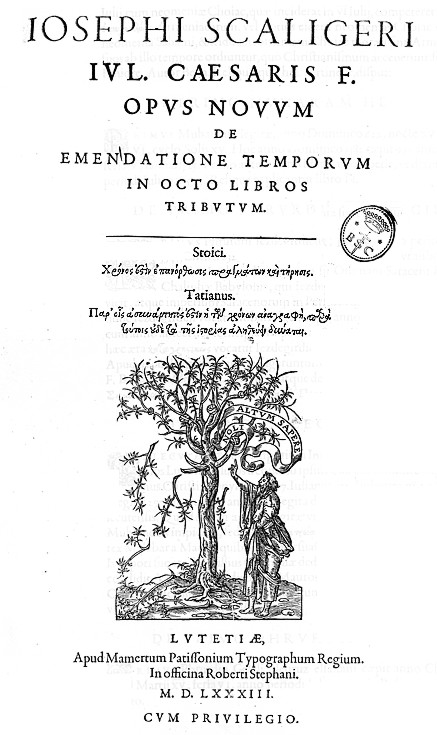Lessico
Calicut
Kozhikode

Città (394.000 ab.) dell'India meridionale, nello Stato del Kerala, capoluogo del distretto omonimo. Importante porto del Mar Arabico, sulla Costa del Malabar, ai piedi dei Ghati Occidentali, stazione sulla ferrovia Bangalore-Madras, è attivo mercato di prodotti agricoli (caffè, copra, spezie, tè) e forestali (caucciù, legname) e sede di industrie tessili, alimentari, dei materiali da costruzione e chimiche. Famoso è l'artigianato dei tessuti di cotone detti calicò. In hindi, Kozhikode. La città, fondata nel sec. IX, era nota a viaggiatori e mercanti medievali. Nel 1498 vi sbarcò Vasco da Gama, dopo avere circumnavigato l'Africa. Francesi e Inglesi vi impiantarono empori commerciali, ma ne furono cacciati varie volte. Nel 1792 la città entrò a far parte dei domini inglesi.
Non
bisogna incorrere nell’errore di tradurre il latino Calecutienses o Calecutenses
con abitanti di Calcutta. Calcutta venne infatti fondata nel 1690, e
quindi parecchi secoli dopo la fondazione di Calicut. Calecutienses o Calecutenses
va tradotto con abitanti di Calicut, che era nota agli Arabi come Kalikat, ai Cinesi come Kalifo,
mentre gli Europei la chiamavano Calecut o Calicut. La conferma che i Calecutenses erano gli
abitanti di Calicut ci viene da un trattato di Giuseppe Giusto Scaligero![]() ,
figlio di Giulio Cesare Scaligero
,
figlio di Giulio Cesare Scaligero![]() :
:
Iosephi
Scaligeri Iul. Caesaris F. Opus novum de emendatione temporum in octo
libros tributum - Lutetiae, apud Mamertum Patissonium Typographum Regium,
In officina Roberti Stephani, 1583 - pagina 250 - De
anno Calecutensium - Calecutenses, qui emporium Indiae nobilissimum
habitant, annos suos Lunares a conditu ipsius Calecut ordiuntur. qui erat
annus Christi Dionysianus 907. Iulianus 952. Indorum 984, a Septembri: Hegirae![]() 297. Itaque
296 annis de Hegira deductis remanet semper annus Calecutensis. Quod autem
annis Hegirae utantur Calecutienses, quanvis non Muhamedis impietati, sed Diabololatreíai
addicti sunt, haec caussa est. Serma rex Malabar a Mauris quibusdam persuasus
Muhamedismum amplexus est. Is nepoti suo tractum illius peninsulae dedit. qui
cum Mauris urbem Calecut condidit. Unde ad hunc diem eos Mauros, eorumque
consuetudinem secuti Calecutienses illud principium temporum civilium a 297
Hegirae, quo urbs condita fuit, putare instituerunt. [non
è stata apportata alcuna correzione al testo originale di Scaliger]
297. Itaque
296 annis de Hegira deductis remanet semper annus Calecutensis. Quod autem
annis Hegirae utantur Calecutienses, quanvis non Muhamedis impietati, sed Diabololatreíai
addicti sunt, haec caussa est. Serma rex Malabar a Mauris quibusdam persuasus
Muhamedismum amplexus est. Is nepoti suo tractum illius peninsulae dedit. qui
cum Mauris urbem Calecut condidit. Unde ad hunc diem eos Mauros, eorumque
consuetudinem secuti Calecutienses illud principium temporum civilium a 297
Hegirae, quo urbs condita fuit, putare instituerunt. [non
è stata apportata alcuna correzione al testo originale di Scaliger]


Dallo spagnolo hegira, che risale all'arabo higra, emigrazione. Emigrazione di Maometto dalla Mecca a Medina, atto di nascita dell'islamismo. L'anno dell'emigrazione (622) viene contato come il primo nel sistema di datazione islamico, in quanto a Medina Maometto acquistò oltre al potere religioso anche il potere politico, e in questa posizione di capo poté concepire l'idea di un “popolo islamico” sciolto dagli antichi legami tribali e legato dalla nuova fede. L'egira fu resa possibile da un patto (Patto di al-Aqabath) intercorso tra Maometto e i Medinesi.
Calicut, the most important city of Malabar region of Kerala, was a leading trading centre for spices on the West Coast of India during the medieval period. Ruled by the Zamorin dynasty, calicut found a place in World History with the discovery of sea route to India in 1498 by the Portuguese navigator Vasco Da Gama. The landing of Gama at Kapat near Calicut changed the political scenario of India, which ultimately ended with its colonization by the British. It remained under the Madras Presidency till the formation of Kerala in 1956 after independence. - Early History - Not much is known about the early history of Calicut. However a few prehistoric relics like rock cut caves were found in the district at many places. During the sangam age, the district formed part of the Chera Empire. It played a leading part in fostering trade relations between Kerala and outside world. Tondi, the present Kadalundi as per scholars, was one of the most flourishing seaports of Kerala that time. Again nothing is known in the post-sangam age which is considered to be the Dark Age in South India's history. In the 9th century, Calicut became a part of the Second Chera Empire. The Chera's also known as Perumals, ruled the territory till 1122 AD. With the fall of Cheras, the kingdom was divided into many independent districts called 'Nadus' such as Ernad and Polanad. Originally Calicut area was under the Porlarthris, rulers of Poland. It became an important town in 13th century with the conquest of Polanad by the King of Ernad. - Formation of Calicut - The Udaiyavar of Ernad, whose headquarters was at Nediyiruppu wanted an outlet to the sea and after fighting with the Polatthiri King for 48 long years conquered the area around Ponniankara and build a fort at a place called Velapuram. Thus the city of Calicut came into existence sometime in the 13th Century AD. With the accession of Calicut, the status of Nediyirippu increased and he come to known as Swami Nambiyathiri Thirumulpad, which gradually became Samuri or Samuthiri over the years. The Europeans called him Zamorin. The place surrounded by the fort was known as Koyil (palace) Kotta (fort) and hence the name of the place became Kozhikode. Foreigners called it by different names, for Arabs it was Kalikat, for Chinese it was Kalifo while the city is known to outside world by its European name - Calicut. Calicut became a mighty seaport, where the Arabs and the Chinese met to exchange the products of west with the east and vise versa. Religious tolerance, good administration, which gave security and impartiality to all and the friendly attitude of Zamorin to all traders, made Calicut the chief centre of trade in Malabar region. Zamorin gave special concession to Arabs (the Moors) to carry out trade. Islam was also propagated here.
www.ashextourism.com/kerala